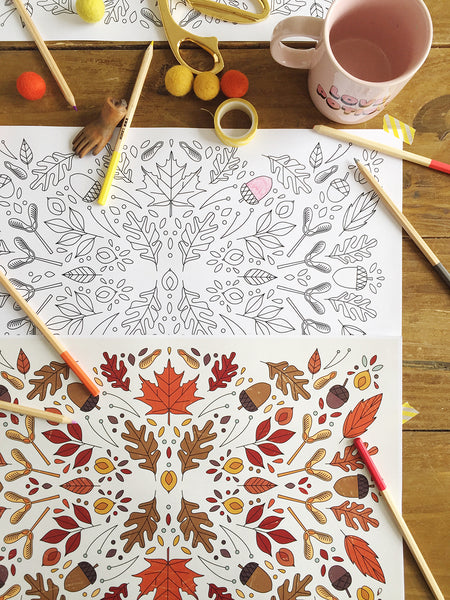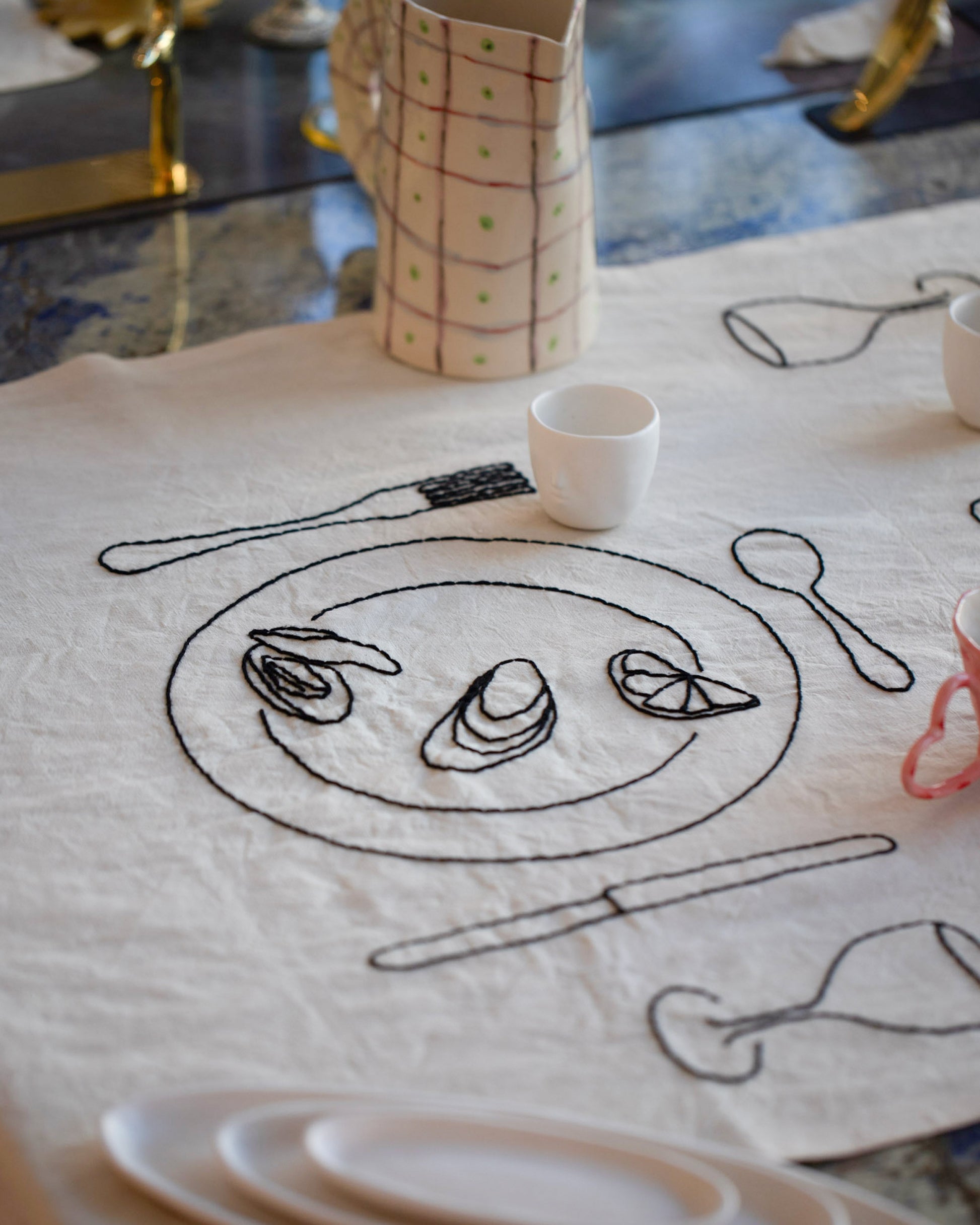Unique Art for Beginners
Unique Art for Beginners
Blog Article
Our Unique Art Statements
Table of ContentsThe Main Principles Of Unique Art Our Unique Art PDFsThe 9-Minute Rule for Unique ArtUnknown Facts About Unique Art
While one might discuss which art kind holds precedence, the fact remains that each of these 7 kinds supplies a distinct home window into human history, society, and evolution. They are the tapestries that chronicle our journey, advising us of our past while motivating visions for the future.Terrific art work narrates, makes people look two times, and creates an one-of-a-kind experience that can not be matched. Art and pictures communicate all of that with color, shape and various other layout aspects. Find out how to make your special art work stand apart from the group.

8 TRIA GIOVANEqual parts grand and laidback, this foyer created by Anthony Baratta is the perfect blueprint to comply with if you're embellishing a formal entryway that still feels unfussy and comfortable. Patterned textiles take center phase (see the carpets and the couch), yet they additionally assist bring the high ceilings to a human range when hung over wallpaper.
How Unique Art can Save You Time, Stress, and Money.
18 Heidi Caillier DesignA gallery wall surface doesn't need to take up the whole space. Sometimes a little one can make a bigger design statement. In this living room, Hiedi Caillier opted for micro-mini frameworks and a random make-up. Promotion - Continue Analysis Below19 Stephen Kent JohnsonDesigner Juan Carretero chose a deep green paint color to comparison with the light wood surfaces.
, the expression of ideas and feelings, with the development of certain visual qualities, in a two-dimensional aesthetic language. The aspects of this languageits forms, lines, colours, tones, and texturesare used in different ways to produce experiences of quantity, area, activity, and light on a level surface area. These aspects are incorporated into expressive patterns in order to represent real or supernatural sensations, to interpret a narrative theme, or to create wholly abstract visual relationships.
Later the concept of the "great musician" established in Asia and Renaissance Europe. Noticeable painters were paid for the social status of scholars and courtiers; they authorized their work, decided its layout and typically its subject and imagery, and established a much more personalif not constantly amicablerelationship with their patrons. During the 19th century painters in Western societies began to lose their social setting and secure patronage.
Unique Art Can Be Fun For Everyone
Others made a revenue via visiting exhibits of their work. The demand to attract an industry had actually replaced the similar (if much less impersonal) demands of patronage, and its effect on the art itself was possibly comparable also. Generally, artists in the 20th century could get to an audience only via business galleries and public museums, although their work might have been periodically replicated in art periodicals.

Don't replicate the style of other artists if you're looking for your design. Copying other individuals's artwork can be wonderful in instructional purposes but it will not make you closer to finding your own distinct style. Your creative design needs to be, what you such as and what motivates you.
I would think about your own style as a design you repaint in naturally, when you let go of all ideas and rules and just concentrate on paint, not thinking regarding it. Unique Art. The design has to come normally to you when you are relaxed and you can't force it or it will not be your very own style, just somebody else's
The Ultimate Guide To Unique Art

With time you'll have the ability to arrange every one of them right into your favored and least favorite groups. Try to focus your attention on the subjects and mediums that you like and prior to you see it coming you'll have your very own individual and special style, like no person else have! In the end you'll have a couple of favored subjects to paint and possibly a couple of favorite tools.
The style needs to establish itself in time with a great deal of practice and experiments - Unique Art. Thank you for reviewing this blog post and if you have any questions leave them in the remarks below, I would certainly enjoy to address these
Report this page